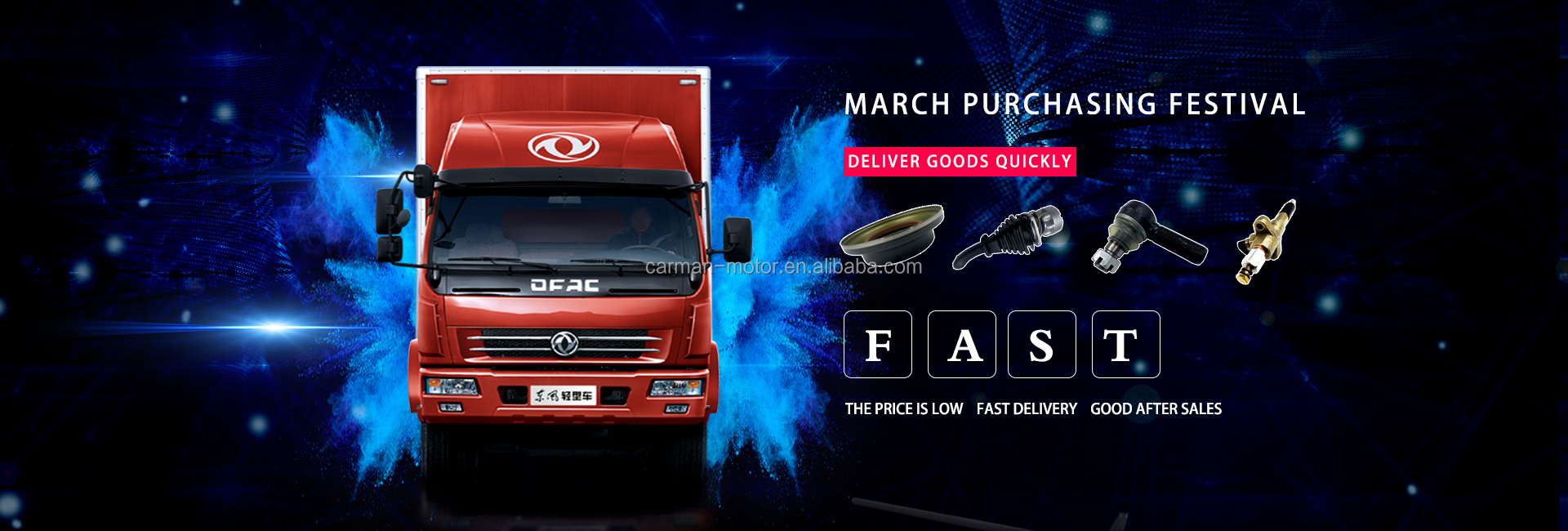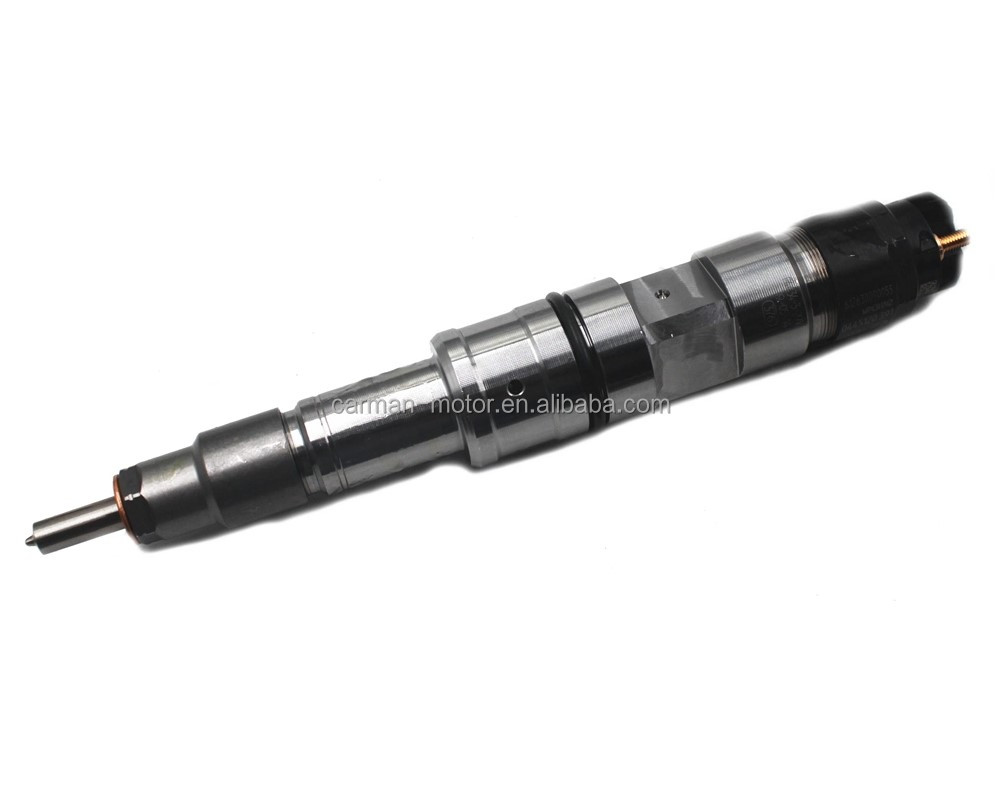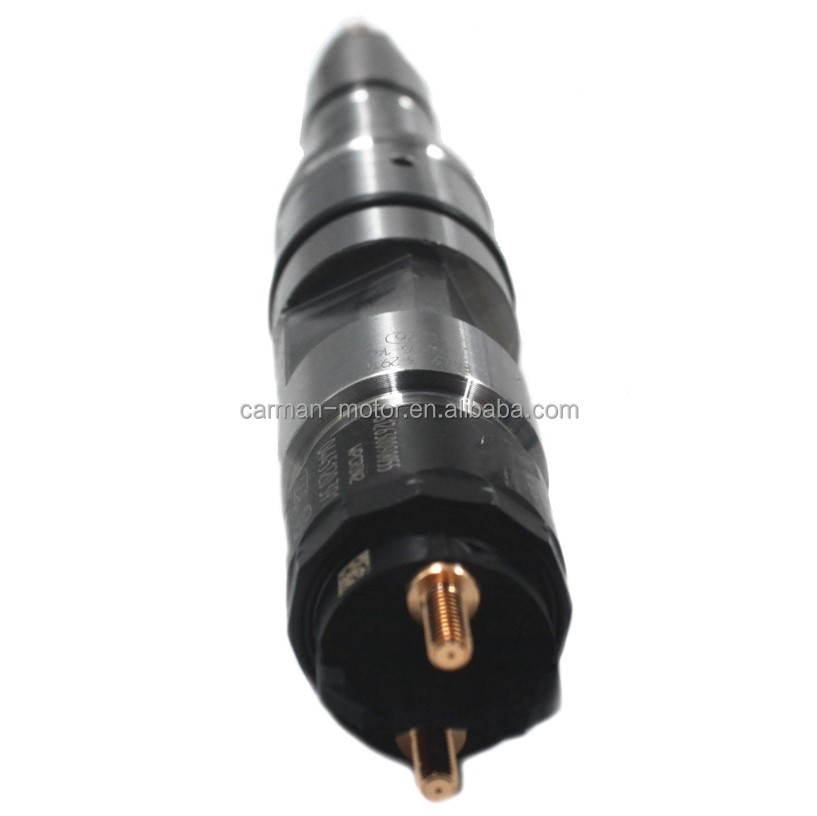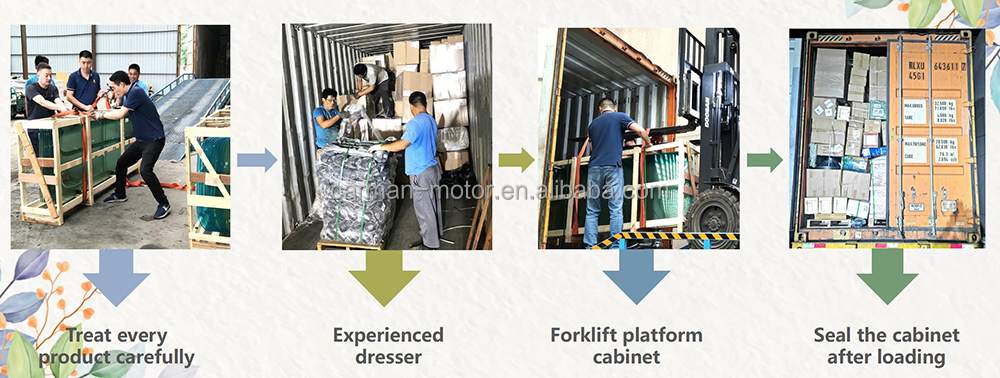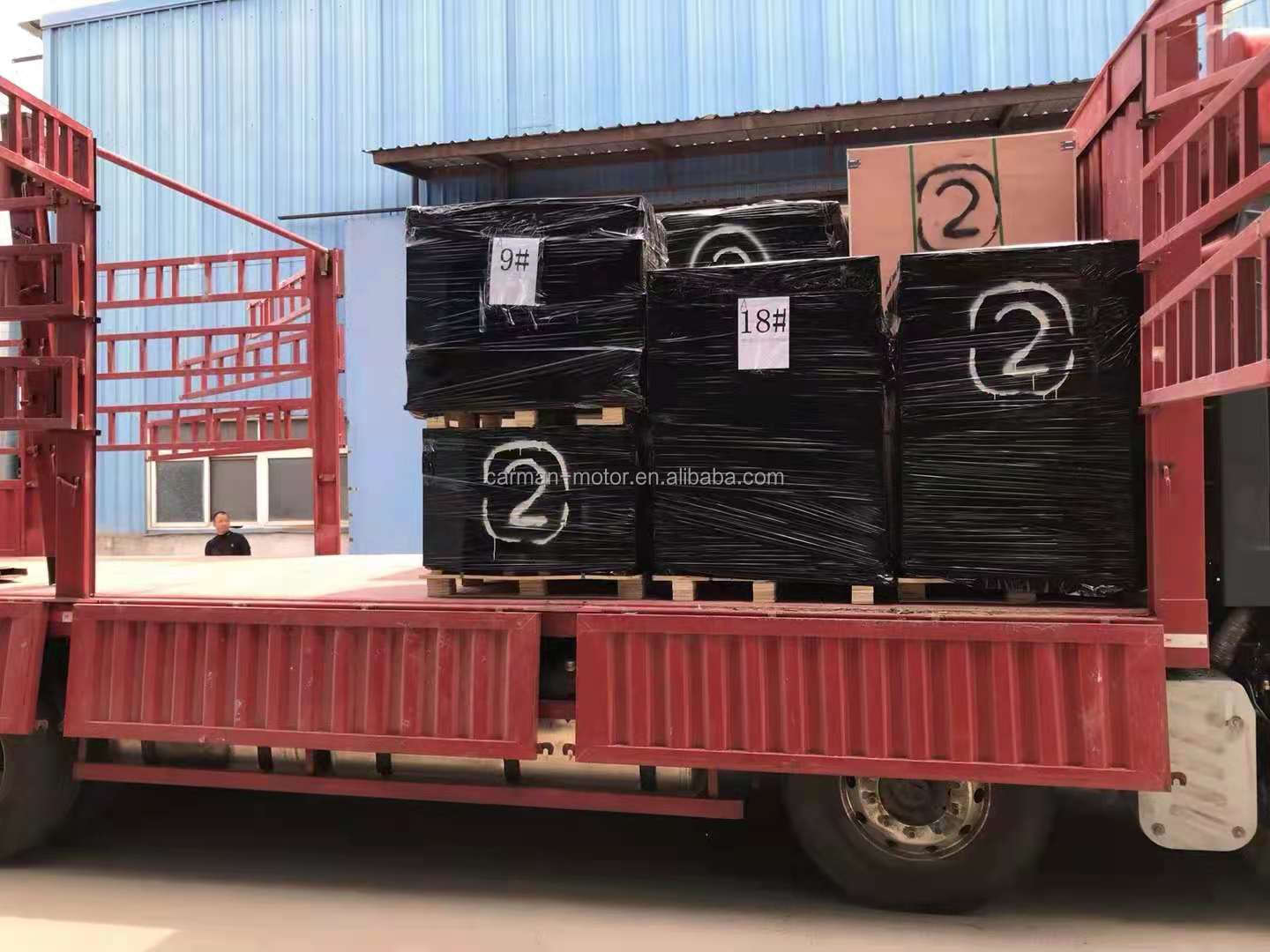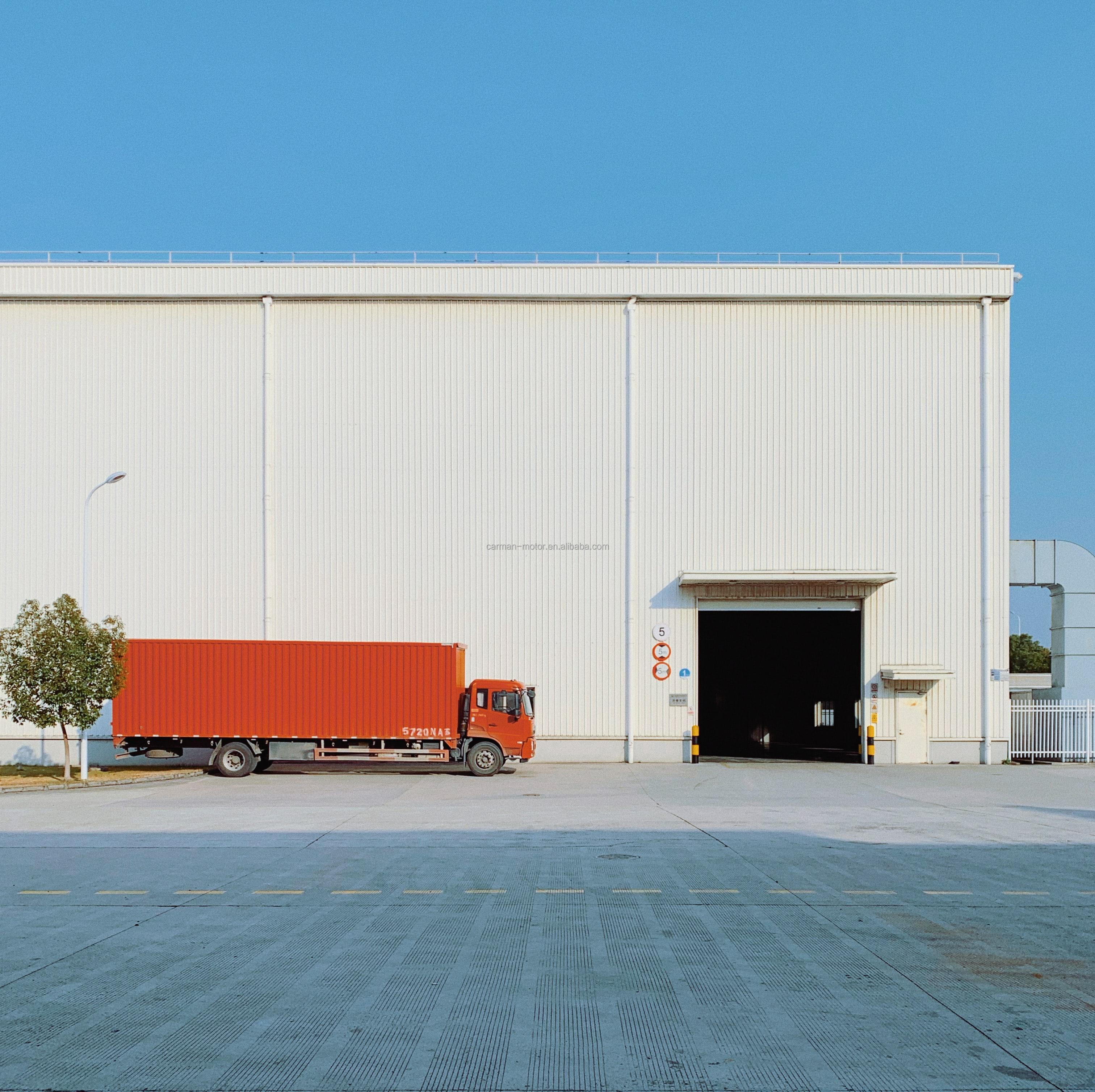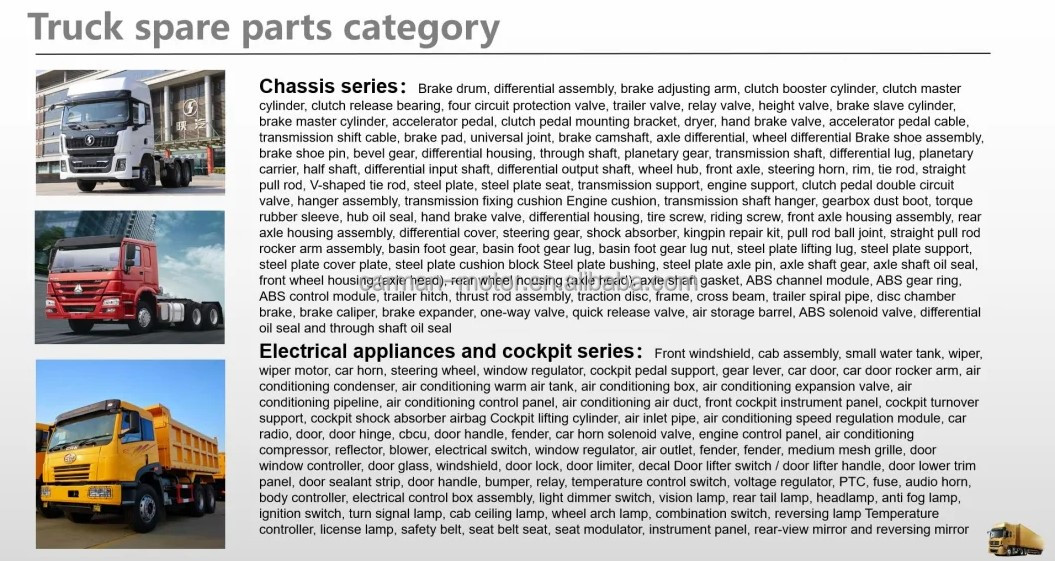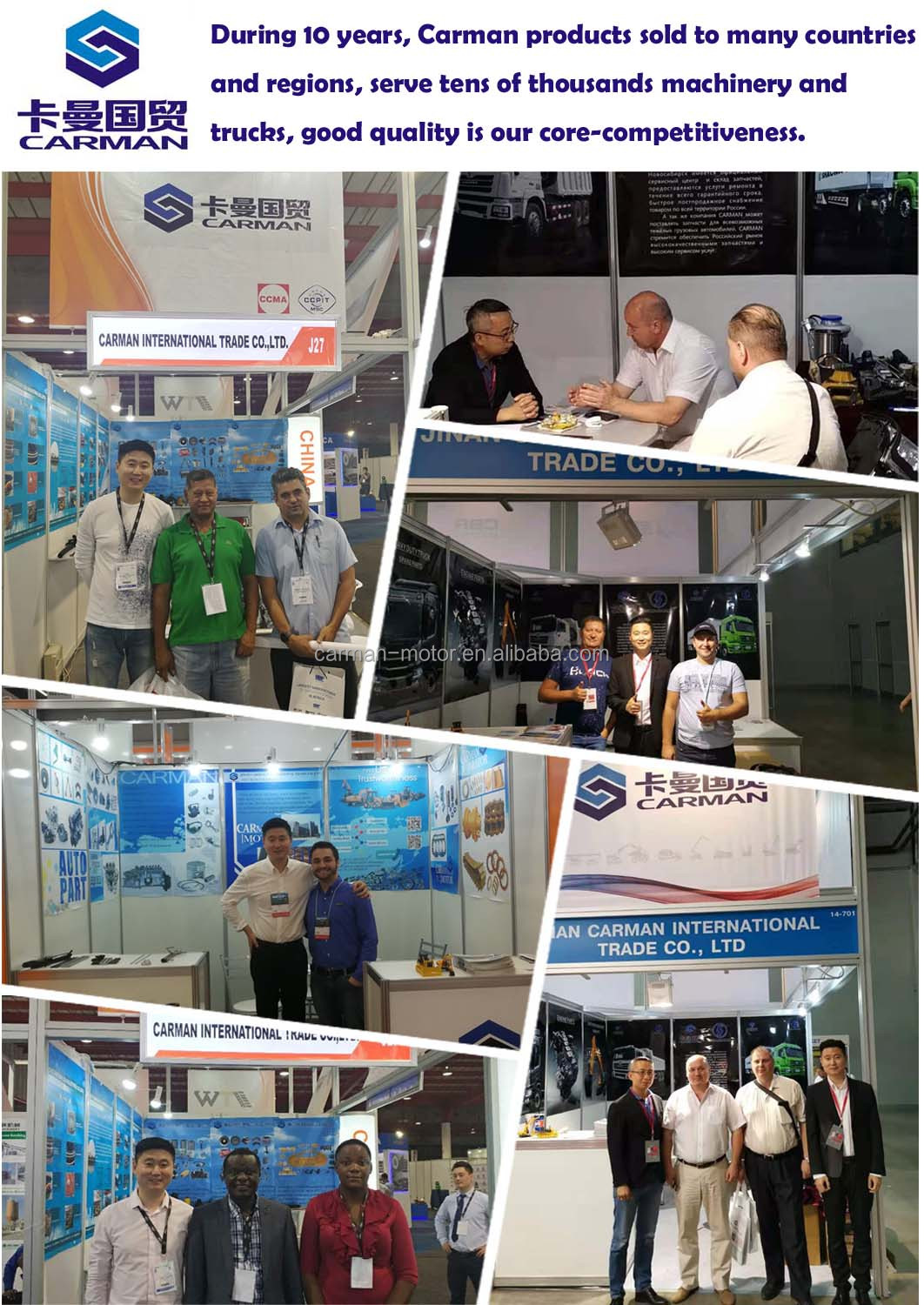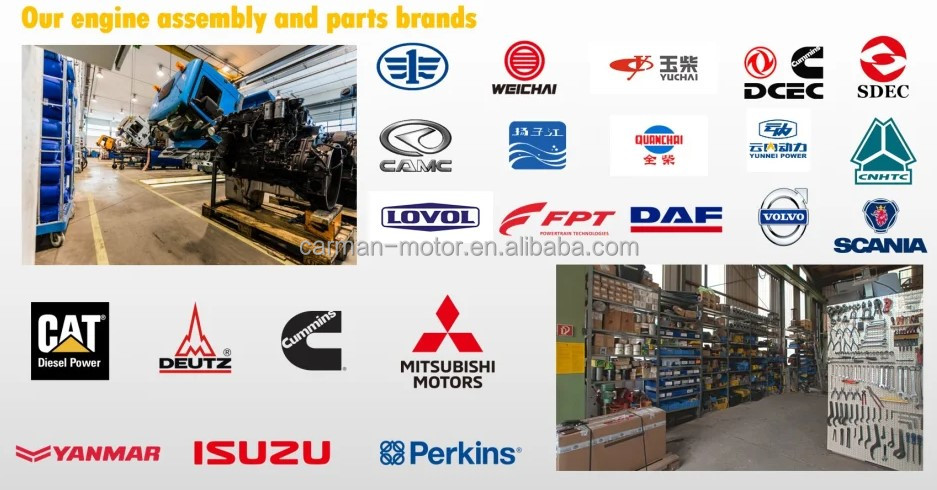Mechanical faults
Common faults include mechanical faults and circuit faults. Mechanical faults include injector spool sticking, injector blockage and leakage. When the above faults occur in the injector, it will cause the mechanical action to fail, thus affecting the normal operation of the engine, and sometimes even causing serious engine failure.
Injector needle valve stalling
Injector work is issued by the engine control unit signal, the injector solenoid coil energised to generate suction thus driving the injector needle valve action. As the gap between the needle valve and the valve seat is blocked by residual sticky material, resulting in the needle valve action astringent can not be opened normally, thus affecting the normal amount of fuel injection.
After the injector needle valve jamming fault, the engine will have difficulty starting, unstable idle speed, poor acceleration and other symptoms. The main reason for injector stalling is the use of poor quality petrol, because of the paraffin and gum in poor quality petrol, which causes the injector needle valve to stall.
Injector blockage
Injector blockage faults can be divided into injector internal blockage and injector head external blockage. Injector internal blockage is mostly caused by impurities and dirt mixed in the gasoline blocking the injector internal needle valve movement gap, so that the injector mechanical action abnormal. When the injector blockage failure, the engine will be correspondingly difficult to start, unstable idle speed, poor acceleration and other symptoms, the situation is even serious when the engine will cause serious shaking, and triggered by the occurrence of abnormal wear of the relevant mechanical components.
Injector leaks
Injector leakage faults are generally divided into two cases: internal leakage and external leakage. Injector internal leaks are mostly due to early wear in use, causing them to continuously leak fuel into the intake manifold under the action of system pressure. Injector external leaks mostly occur at the injector and fuel rail connection, mostly sealing surface sealing does not speak. If the gasoline leaks outside the intake manifold, oil droplets on the cylinder block, the heat will be evaporated in the engine compartment, once there is an electric spark, at any time will cause a fire, the consequences are very serious. When an internal leak occurs in the injector, it will cause the injector to spray out the fuel atomisation is not good, causing the engine to run unevenly, the mixture does not burn completely, the exhaust pipe black smoke phenomenon, and will lead to a significant increase in fuel consumption of the vehicle. When the injector occurs after the external leakage failure, will lead to engine starting difficulties, idling stall, power loss, increased fuel consumption, running wheeze and poor acceleration and other failures. In addition, when the sealing surface of the injector and intake pipe connection is broken, it will also lead to leakage in the intake system, resulting in additional air entering the engine combustion chamber, causing the mixture to be lean and causing the engine to run abnormally.
